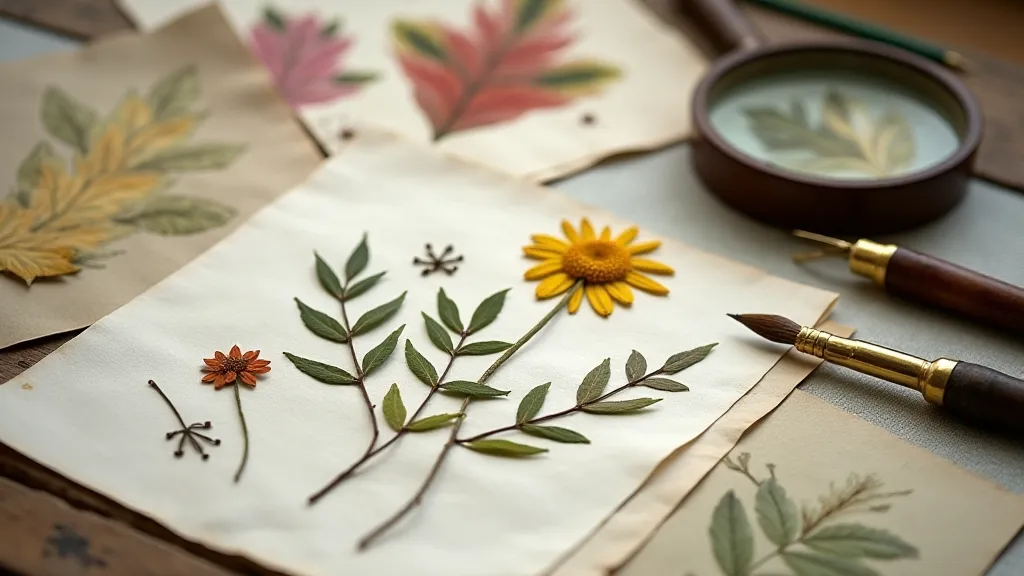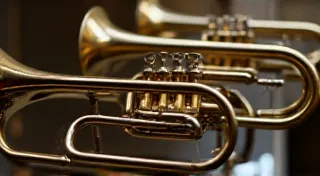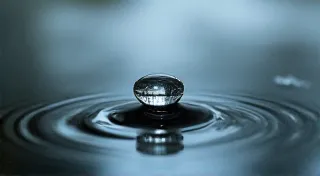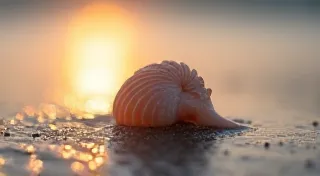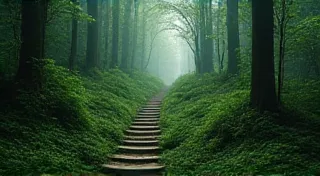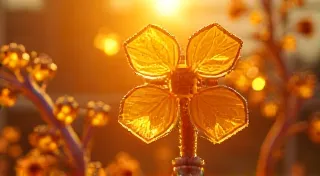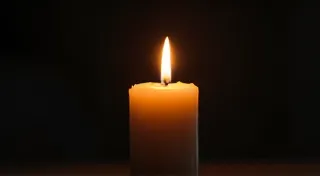Rooted in Observation: Building a Botanical Visual Vocabulary
There's a quiet beauty in meticulous detail. A profound stillness in the patient rendering of form. I find it in the whisper of a dried flower pressed between the pages of a botanical folio, and I find a parallel resonance in the intricate mechanics of an antique accordion. My grandfather, a quiet man of few words but immense skill, restored accordions. He's the one who instilled in me the appreciation for the visible fingerprints of craftsmanship, the subtle variations in wood grain, the carefully placed rivets, the precise angle of a bellows fold. He’s the one who taught me to *see*.
Botanical illustration, like accordion restoration, isn't merely about replication; it's about understanding. It's about appreciating the genius of nature and translating that understanding onto paper with a pen and ink. It’s about discerning the delicate architecture of a leaf, the spiraling pattern of a tendril, the subtle play of light and shadow on a petal. It’s a slow, deliberate process that demands a different kind of attention, a slowing down of time. And it begins with observation.
The Foundation: Seeing Beyond the Surface
Before a single line is drawn, there’s the act of looking. Not a cursory glance, but a sustained, focused gaze. Think of the difference between appreciating a sunset photograph versus experiencing the real thing - the warmth on your skin, the scent of the air, the vastness of the sky. Botanical illustration requires that same immersive experience. Spend time with your subject. Observe it from multiple angles. Note the way the light hits different surfaces. Consider how the plant interacts with its environment. This isn’t just about copying the *shape* of a leaf; it’s about understanding its structure, its function, its story.
Think about the internal scaffolding of a flower. You don’t need to dissect it (although some scientific illustrators do!), but understand the underlying architecture. Notice how veins radiate outwards, how petals overlap, how the stamen positions itself for pollination. These subtle details, understood and rendered accurately, add depth and realism to your illustration.
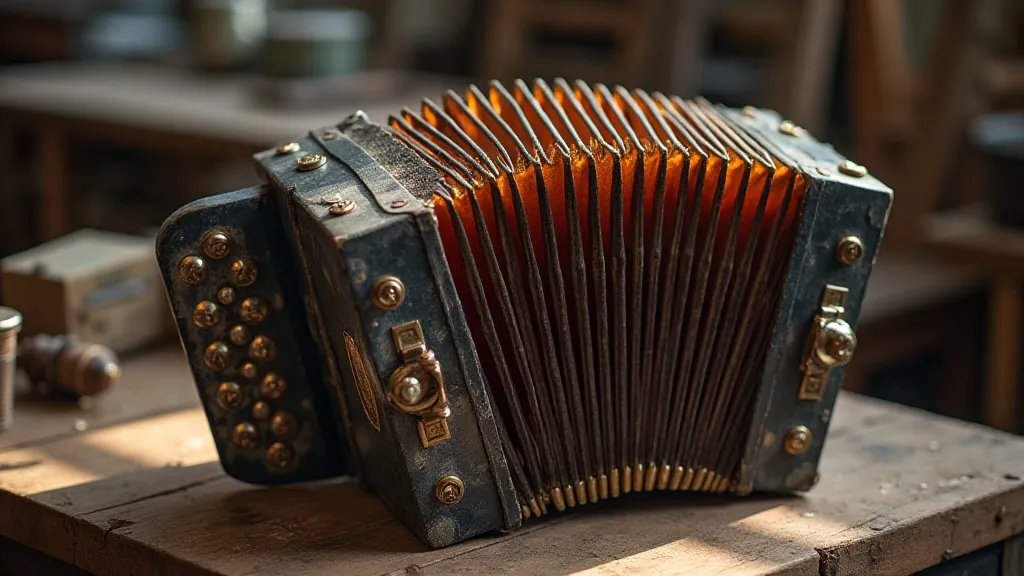
Building Your Visual Vocabulary: Lines, Textures, and Shadows
The pen and ink medium itself offers a unique visual language. Mastering the range of marks you can create with a simple pen is crucial. Experiment with different pen sizes, pressures, and angles. A light, feathery line can suggest delicacy and translucence, while a bold, decisive stroke can convey strength and structure. Learn to control the width of your lines by varying pressure. A tapering line can suggest a gradual transition, while a stippled area can create the illusion of texture.
Rendering plant textures – the velvety surface of a petal, the rough bark of a stem, the waxy coating on a leaf – is where pen and ink truly shines. Texture isn’t simply about adding more lines; it’s about strategically using line density, direction, and value. Cross-hatching, stippling, and scumbling are all valuable techniques. Observe how light interacts with different surfaces. Where is it reflected? Where is it absorbed? Use your pen to create a range of values, from the lightest highlights to the darkest shadows.
Shading in pen and ink isn't like watercolor, where you can layer colors to create value. With pen and ink, you primarily rely on density of marks. More marks equals darker value. Learn to judge density and control your pen. It takes practice! Don’t be afraid to experiment. Some artists use hatching, parallel lines close together; others use stippling, dots, to build up tone.
Drawing Botanical Details: Beyond the Obvious
Consider the subtle details often overlooked: the tiny hairs on a leaf’s surface (trichomes), the intricate patterns on a seed pod, the delicate webbing between flower petals. These details, accurately rendered, elevate your illustration from merely representational to truly captivating. They’re the “signature” of a plant, the nuances that distinguish one species from another.
Many botanical illustrators draw inspiration from antique scientific illustrations. While these older works might lack the vibrancy of modern color media, they possess a precision and clarity of line that is deeply admirable. Studying these historical examples can provide valuable insights into techniques and approaches, but remember that imitation should be a starting point, not an end goal. Develop your own style.
The Intersection of Ink and Water: A Harmonious Blend
While this guide focuses on pen and ink, don't be afraid to explore the possibilities of combining these techniques with watercolor. A wash of watercolor can provide a soft, atmospheric background, or it can be used to highlight certain areas of the illustration. The key is to use watercolor sparingly and intentionally, allowing the ink lines to remain the dominant feature. Experiment with different watercolor and ink combinations to discover what works best for you. Consider the way the ink reacts to the water – how it blooms, how it settles.
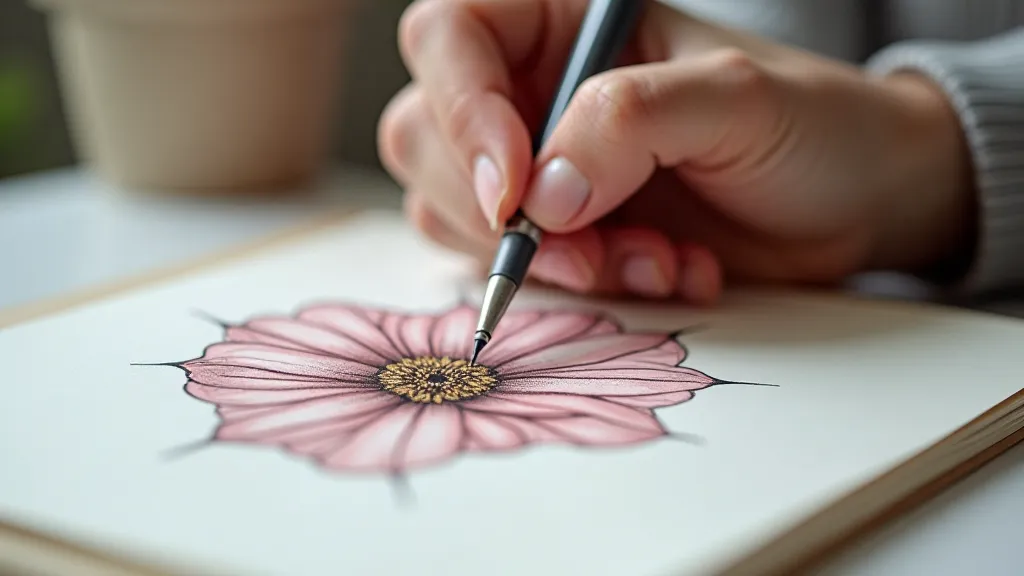
The Patience of Restoration: A Parallel Art
Restoring an antique accordion, like creating a botanical illustration, is a process that demands patience, attention to detail, and a deep appreciation for the craftsmanship involved. It's about understanding the history of the object, the materials it's made of, and the techniques used to create it. Sometimes the bellows need to be carefully patched, the keys re-aligned, and the wood refinished. Each step requires a delicate touch and a willingness to learn from mistakes.
There’s a unique satisfaction in bringing an old, neglected instrument back to life, in hearing it sing again. Similarly, there’s a profound sense of accomplishment in completing a botanical illustration, knowing that you’re capturing the beauty and complexity of nature in a permanent and enduring form. The best restorations, like the best illustrations, reveal the past while allowing the subject to speak again.
Beyond Replication: Understanding and Connection
Ultimately, both botanical illustration and accordion restoration are about more than just technical skill. They are about connection – a connection to nature, to history, to the human spirit. They're about finding beauty in the details, and sharing that beauty with the world. So, take your pen, your paper, and your subject, and begin to explore the intricate world that lies waiting to be revealed.
